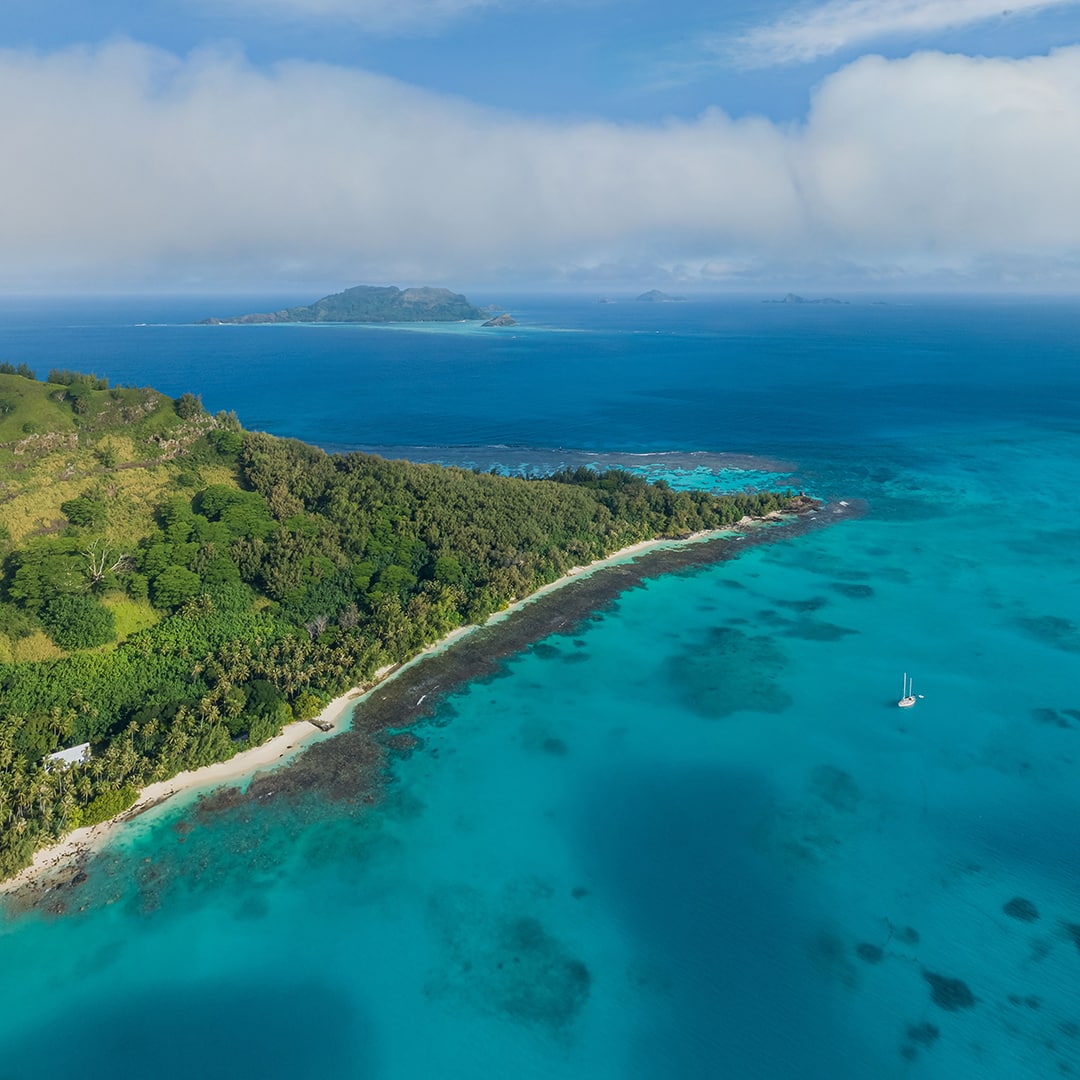Vladivostok City
Vladivostok is quite often referred to as "The Russian Gates to the Pacific Ocean". The city was founded in 1860 as a military outpost. Today, it is a largest sea port, a research and education center, and the main Russian naval base in the Pacific Ocean. The city is washed by two gulfs; it encompasses not only the "mainland" but also islands.

The most famous among them is the Russky (Russian) Island. Earlier, the only way to get here from the city was by ferry, and only during the navigation season. It was a problem, so, by 2012 a bridge 324 metres high and 3.1 kilometres long had been built. It has the largest span among all cable-stayed bridges in the world: 1104 metres. Now, instead of three hours as it used to be in the past it takes just 20 minutes to get here from the centre of Vladivostok. AirPano makes it yet easier and quicker for you to enjoy this marvel in modern construction!

The Russky Bridge is not just a convenient transportation facility - it has become the new iconic landmark of the city: it is featured on the obverse of the 2,000 Russian rouble note. Vladivostok offers also other remarkable sites and attractions.
One of them is the historical Tokarevsky Lighthouse, which started working in 1913 and is still active today. The lighthouse guides civilian vessels and warships passing from the Amur Bay to the Eastern Bosphorus Strait and the Golden Horn Bay.

Another famous cable-stayed bridge is the Zolotoy (Golden) Bridge, named after the bay, over which it is built. The bridge is almost 1400 metres long and 30 metres wide; its main distinctive feature are spectacular V-shaped pylons. On the one side, you can see the Tsesarevich Embankment with a 600-metre alley and parks. On the other side, you can see the Triumphal Arch of Nikolai. Originally, it was built in 1891 in celebration of the visit of the future emperor Nikolai II, but in 1930 this "symbol of autocracy" was destroyed, and was rebuilt only in 2003. Among remarkable architectural masterpieces of Vladivostok is the railway station, the terminus of the Trans-Siberian Railway. A complex of buildings in the Neo-Russian style was erected at the end of the 19th century.
The Vladivostok Funicular, with its carriages resembling tramcars, connects two streets: Pushkinskaya street down the hill and Sukhanova street up the hill. The cable railway system has been in operation since 1962; earlier, the only way to get from one point to the other was by a steep stairway.

The city's central square is named the Square of the Revolution Fighters. Its architectural ensemble was taking shape during the 19th - 21st centuries. Here we can see the Monument to the Fighters of the Revolution, the stele "City of Military Glory", the Savior Transfiguration Cathedral, the House of Soviets that today is home to the Town Hall, and many other buildings. Ahead, we will see a large sports centre - the Dynamo Stadium. Nearby is Admiral Fokin street, one of the oldest streets in the city, with well-preserved historic architecture and a fountain. Part of the street is a pedestrian area, it is a favourite spot to take a walk among the city residents and tourists. We hope you too have enjoyed the tour around Vladivostok with AirPano!

Photos by Sergey Semenov
January 06, 2023
Read more
Photogallery Vladivostok views #2
Vladivostok views #2
 Vladivostok views #13
Vladivostok views #13
 Lighthouse Tokarevskogo #3
Lighthouse Tokarevskogo #3
 Bridge to the Russkiy island #4
Bridge to the Russkiy island #4
 Vladivostok views #6
Vladivostok views #6
 Planet Vladivostok #3
Planet Vladivostok #3
 Bridge to the Russkiy island #5
Bridge to the Russkiy island #5
 Golden bridge #2
Golden bridge #2
 Vladivostok views #7
Vladivostok views #7
 Aquarium
Aquarium
 University
University
 Golden bridge #4
Golden bridge #4






















